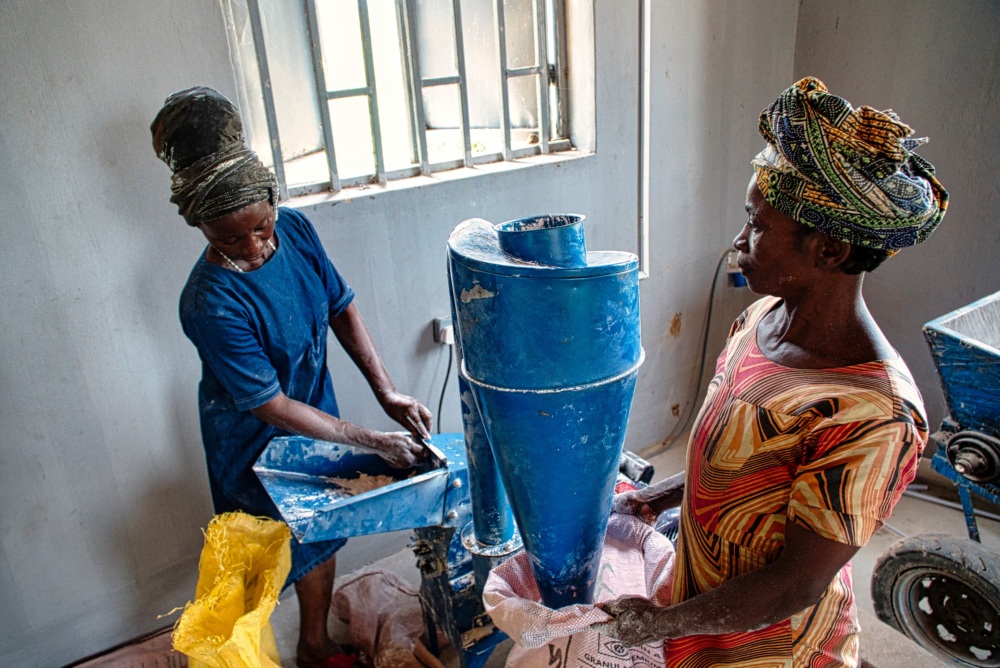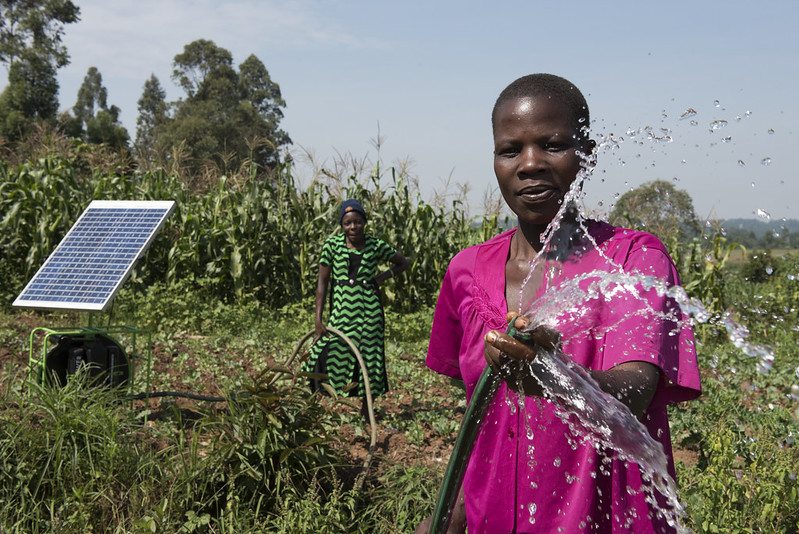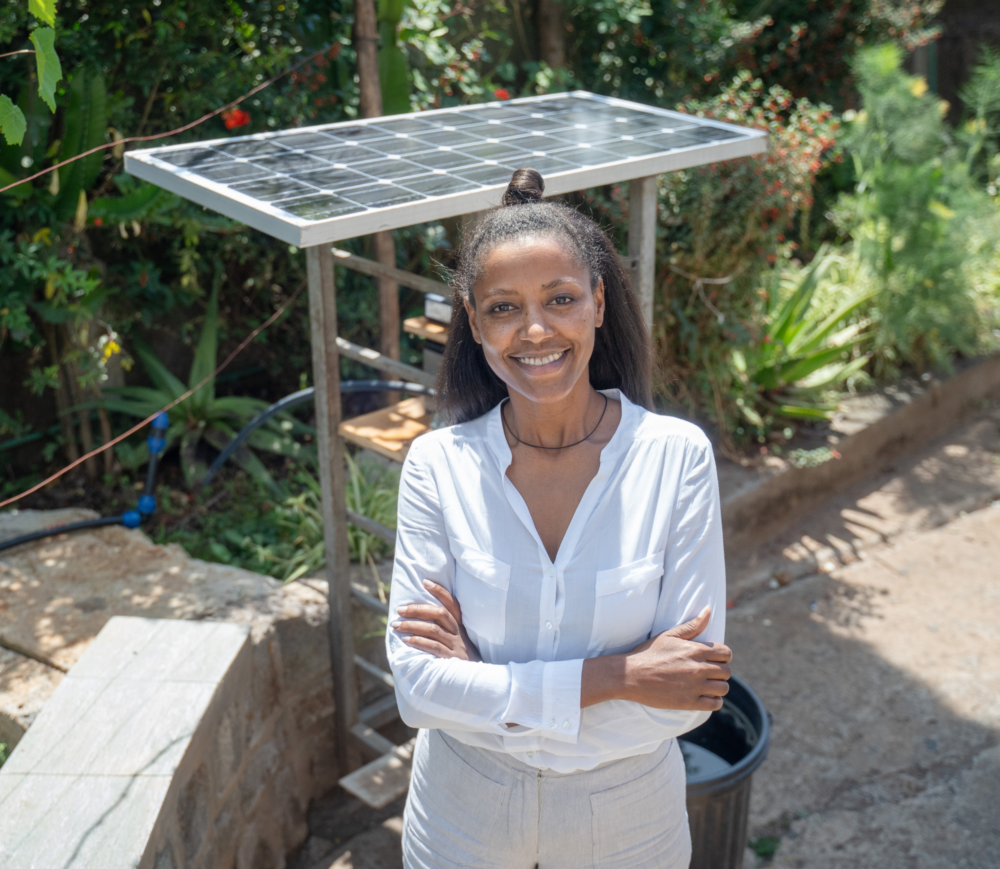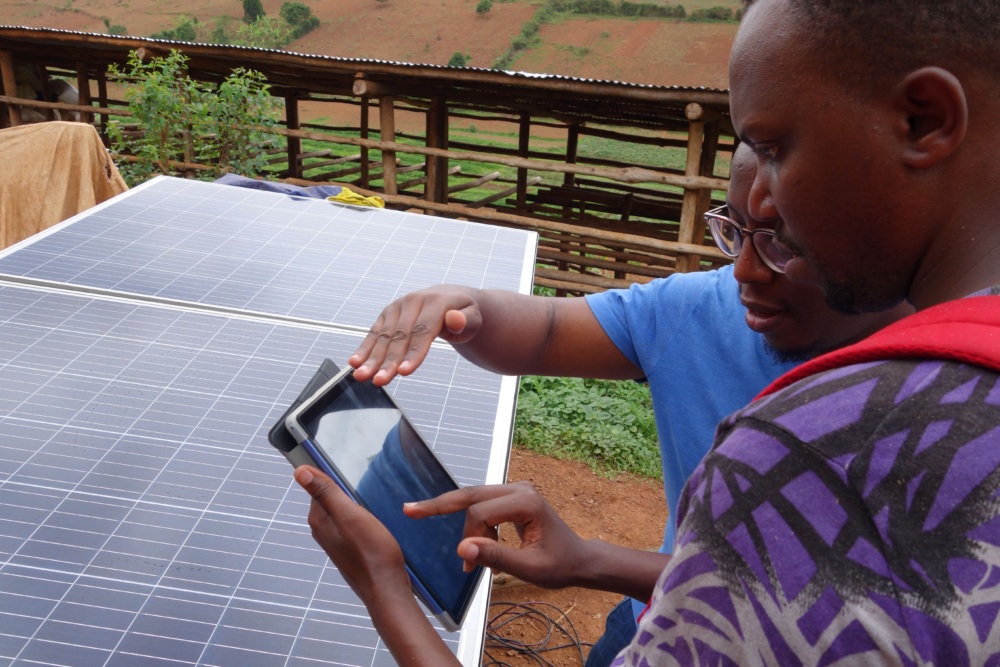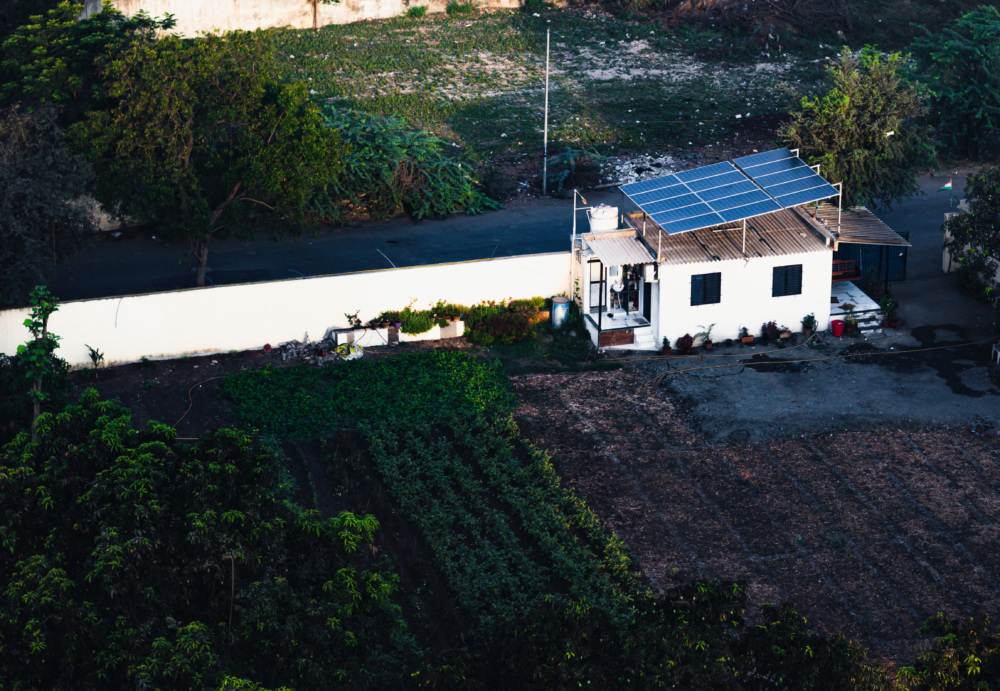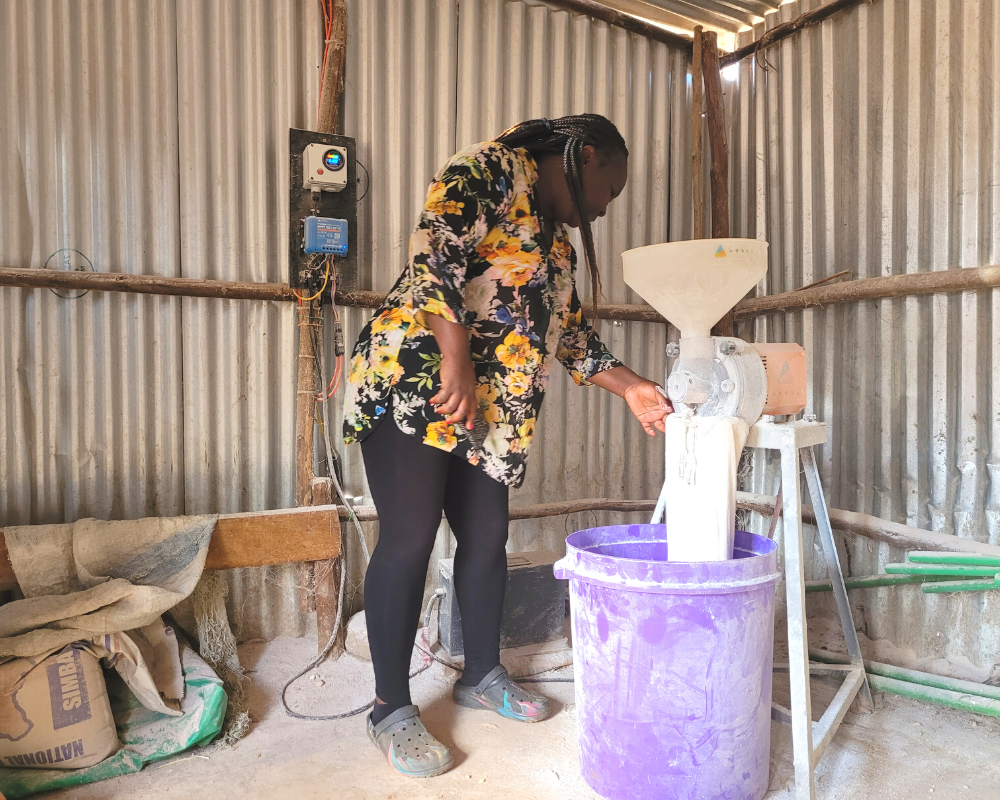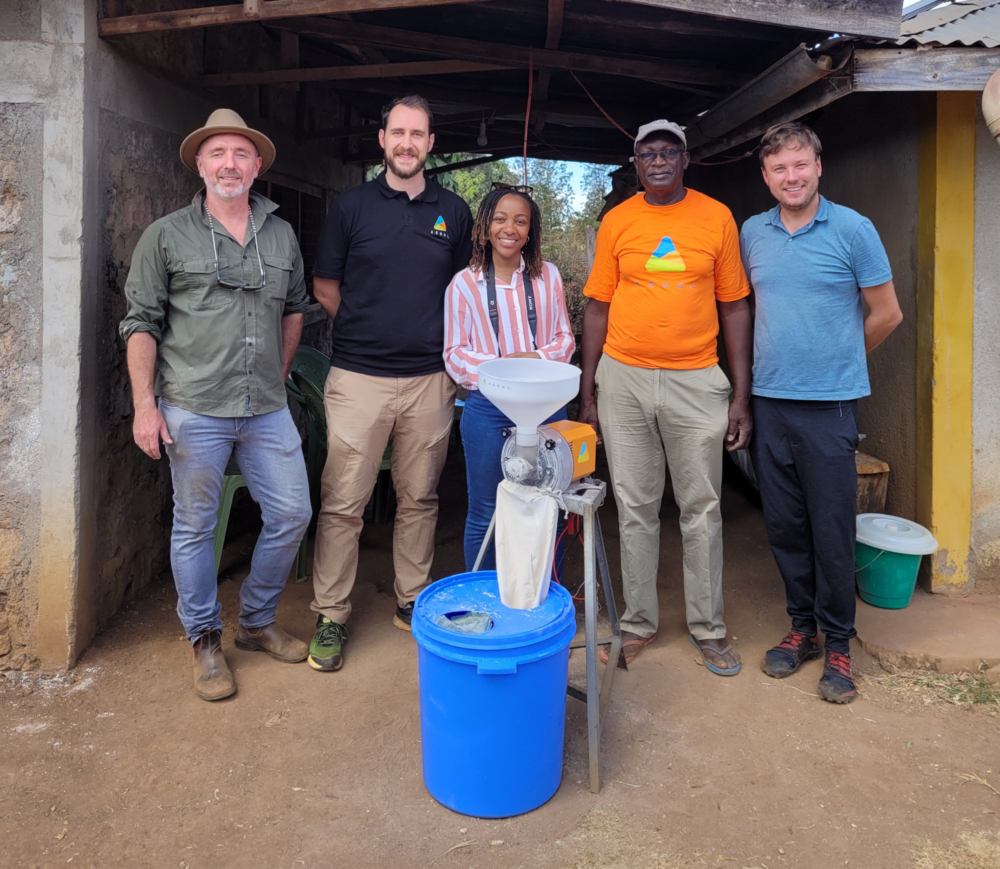Efficiency for Access Study Unearths New Market Intelligence for Solar Water Pumps in Tanzania and Beyond
To address existing consumer and market information gaps, Efficiency for Access collaborated with Simusolar on a major research effort to size and characterize the market potential for modern irrigation in the Tanzanian horticulture sector.
Limited information about the characteristics of potential solar water pump (SWP) customers and market size remains a large barrier for solar water pump manufacturers and distributors. While high solar radiation power and declining photovoltaic costs make SWPs an attractive irrigation option for smallholder farmers, their uptake in Tanzania lags behind other solar applications.
To address existing consumer and market information gaps, Efficiency for Access collaborated with Simusolar on a major research effort to size and characterize the market potential for modern irrigation in the Tanzanian horticulture sector. Their report —“Tanzania Market Snapshot: Horticulture Value Chains and Potential for Solar Water Pump Technology”—analyzes primary data from 67 stakeholder interviews, 81 focus groups, and 407 individual farmer surveys. It reveals important demographic, farm, and irrigation use case data for three significant horticultural regions, such as: income, farm size, crops grown, irrigation patterns, and attitude to financing. Notable findings include:
- None of the farmers surveyed use solar water pumps. The most popular irrigation technologies reported were manual pumps (41%), diesel pumps (36%), and canals (18%). Two percent of the survey did not irrigate their crops.
- Across the entire sample, 56% of farmers were dissatisfied with their irrigation system, indicating a large opportunity for SWP companies. Diesel pump users reported the highest rate of satisfaction (50%), while those without modern irrigation reported the lowest (20%).
- The most receptive points of entry for SWPs were detected in the following groups:
- Technical farmer and distribution-reliant farmer typologies;
- Commercial and market-oriented farmers; and
- Diesel pump and canal irrigation users.
- Most farmers may be classified as smallholder farmers with a commercial outlook. 69% of farms surveyed were below 2 hectares. The average head farmer carries out some level of horticulture commercial activity (98%), and sells on average 71% of the farm’s produce, mostly at farm gate (43%).
Efficiency for Access and Simusolar predict the market size for all irrigation technologies in Tanzania will grow from US$86.2 million in 2018 to US$151.3 million by 2022. As relatively new market entrants, SWPs will need to carve out a market share of existing and established irrigation options, e.g. canal irrigation, diesel pumps, and manual pumps. To do this, manufacturers and distributors should focus on the factors farmers consider when making a purchase, including cost and affordability, availability of equipment and inputs, and simplicity of use.
This study provides new insights into the market potential for SWPs at new levels of granularity. It, as with previous literature, finds the market for SWPs to be nascent. The lack of SWP use at present indicates the industry is in a pioneer phase. Catalyzing the market for SWPs will thus require additional market research and testing to better understand customer use cases. Most notably, cultivating awareness of SWPs among potential customers, expanding consumer credit, providing alternative financing mechanisms, and matching customer expectations on service delivery of SWP equipment will be essential to reach market scale.
Click here to read the executive summary and full report.

